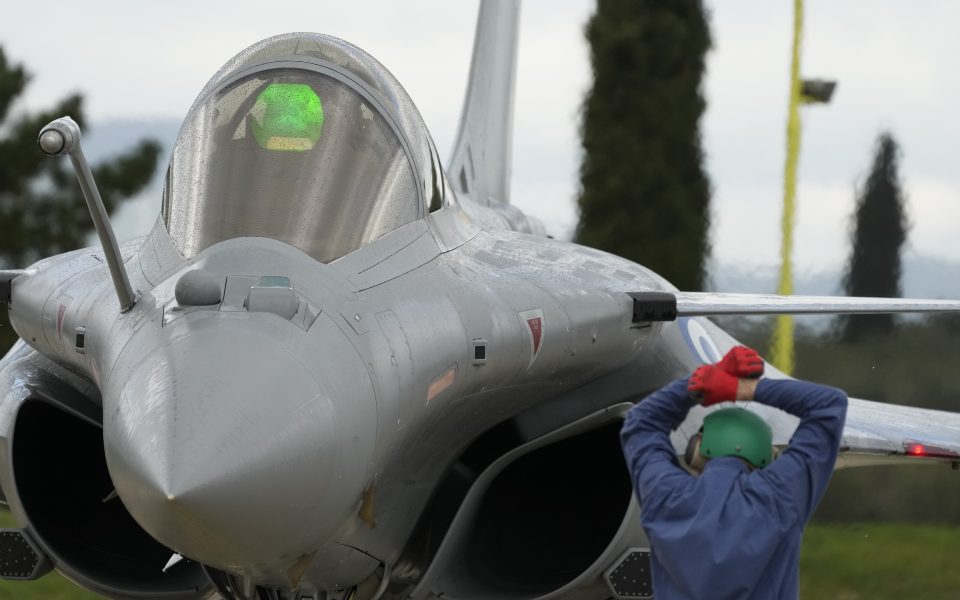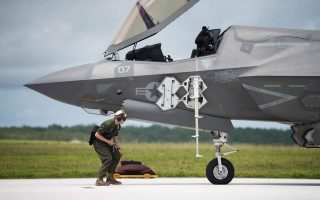Weapons infrastructure upgrade urgent

The explosions in late July at a Hellenic Air Force ammunitions depot near the town of Nea Anchialos in central Greece has prompted a discussion on new security and fire safety protocols, and the replacement of tired infrastructure that can only just accommodate the military’s increasingly modern technological capabilities.
More generally, the issue of the support environment for the state-of-the-art weapon systems that Greece is acquiring through the end of the decade is already influencing the armaments agenda as well. The armed forces have already received 18 Rafale-type aircraft out of 24 and 10 out of 84 F-16 Vipers that are being upgraded at the Hellenic Aerospace Industry (EAV) facilities in Tanagra. What’s more, as of next year the delivery of the FDI-type frigates will begin.
Furthermore, Greece will also need the infrastructure for UAVs or other high-tech Israeli systems. To these should be added 20 F-35s, which, in the best case, will begin to be delivered in 2028 and will constitute the most advanced weapon system in the Greek arsenal.
The long-term support and everyday operation of the above technologies present a problem, with only limited solutions being currently available.
With this in mind, the government is considering altering priorities in light of the requirement for cutting-edge weapon systems that are not only operational but can also be supported over time. Except for the roughly $4 billion which the government has concluded must be budgeted for the acquisition of fifth-generation F-35s, all other key equipment is either on the back burner or will be carried over to a later time when the budgetary situation improves.





